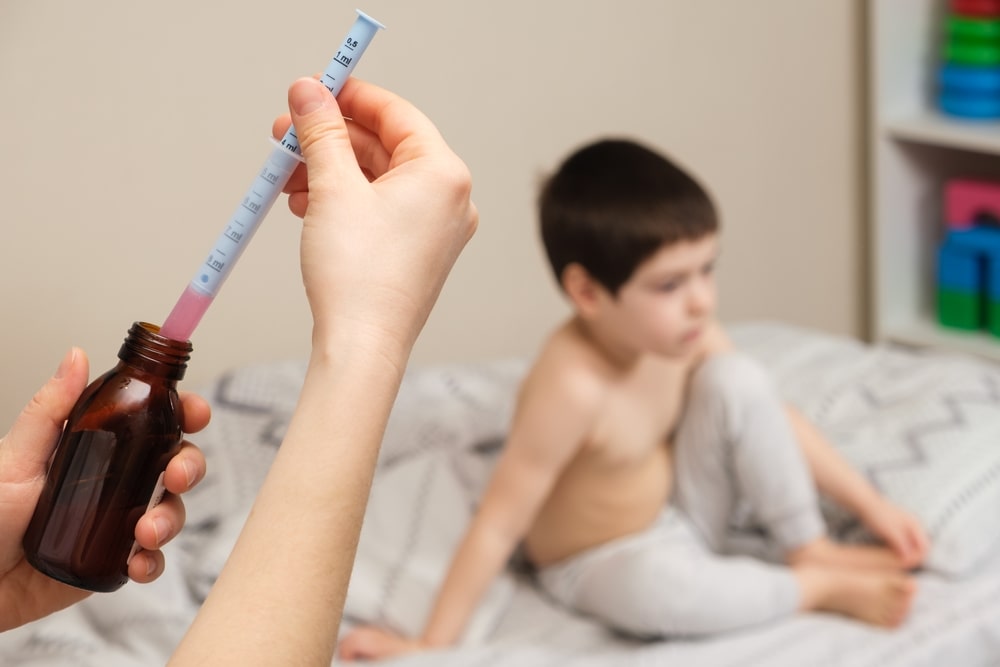The important components of the immune system are:
- Granulocytes,
- Complement synthesis and antibody formation,
- Cellular immunity, and
- Mucocutaneous barriers
The overall immunological pattern may be influenced either by the administration of certain drugs, by infection with viruses, or because of inherited disorders of the immune system. Under such conditions, defects may be seen in the essential components of the immune system resulting in immunomodulation.
Since, neutrophiles are synthesized from granulocytes, as the total granulocyte count falls below 1000 cells/mm3, the rate of bacterial infection increases. The common organisms affecting granulocytopenic patients include E. coli, Pseudomonas aeruginosa, Klebsiella, pneumoniae, and Staphylococcus aureus. The chances of fungal, viral, or protozoal infections are also significantly high.
An increase in the infection rate is also seen when the defect occurs in complement synthesis and antibody production. Such defects are usually encountered through chronic treatment with chemotherapeutic agents.
Cellular immunity protects against fungal, bacterial, viral, and protozoal infections. Certain drugs (e.g. corticosteroids, cyclosporine, etc.), neoplastic diseases (e.g. Hodgkin’s disease, lymphoma), and organ transplantation procedures paralyze cellular immunity.
Mucocutaneous barriers present in our body prohibit pathogenic organisms from taking entry into the internal vital organs. However, these barriers are damaged by several medical devices, procedures, endotracheal tubes, or chemotherapy. This leads to easy access of pathogens to the internal organs resulting in an infectious state.
Important immunomodulators used clinically are summarised below:
(a) Antihistaminic Agents: Histamine-binding lymphocytes have immunosuppressive activities. By inhibiting the activation of these lymphocytes, antihistaminic agents improve cell-mediated immune responses.
(b) Indomethacin: It is a non-narcotic analgesic agent that relieves pain sensation by inhibiting prostaglandin biosynthesis. The impairment of prostaglandin production results in a significant improvement in the functioning of T-lymphocytes. It may be used to improve immune response in leishmaniasis, coccidioidomycosis, and mycobacterial infections which cause deficient cell-mediated immunity.
(c) Interferons: These are endogenous substances having immunopotentiating activity. They have potent antiviral and antitumor activities. Interferon specifically has a potent macrophagestimulating activity. Besides this, bestatin and lentinan are other natural products having immunopotentiating activity.
(d) Isoprinosine: Chemically, it is a complex of inosine and organic salt. Though it was originally developed as an antiviral agent, later it was found to possess stimulant activity on several immunological and inflammatory processes. It enhances T-cell proliferation, phagocytosis, and chemotaxis through an unknown mechanism.
(e) Levamisole: It improves chemotactic responses and immune mechanisms in patients with diseases associated with immunodeficiency. It probably acts by inducing the release of c-GMP.
(f) Lymphokines: Only two lymphokines known as IL-1 (i.e. T-lymphocyte activating factor) and IL-2 (i.e. T-lymphocyte growth factor) were found to stimulate the patient’s cellular immunity.
(g) Thymic Hormones: These are the polypeptides isolated from epithelial cells of the thymus gland. They induce the formation of mature T-cells by unknown mechanisms. They may be used to improve immunity in patients with immunodeficiency.
These preparations consist of thymic humoral factor, thymosin fractions, serum thymic factor, a non-apeptide secreted by thymic epithelium, a dialyzable fraction of calf thymus extract, and a protein with a molecular weight of 5260 daltons. They are usually given in saline intramuscularly in doses between 0.5 mg/kg and 1.0 mg/kg per day for 2 – 3 weeks and then reduced to 1 – 3 doses per week.
(h) Transfer Factor: This is a low molecular weight peptide (molecular weight is less than 6000 daltons) isolated from the blood leucocytes of the patient with delayed hypersensitivity. It has a stimulant effect on cell-mediated immunity. It may be used in the treatment of immune deficiency syndromes such as chronic mucocutaneous candidiasis, in the prophylaxis of varicella in children with leukemia, and the treatment of recurrent Herpes simplex infections.
Muramyl dipeptide (BCG vaccine), azimexon, glucan, tufstin, polynucleotides, and thiobendazoles are used as adjuvants to stimulate cellular and humoral immunity responses in a variety of conditions.
Make sure you also check our other amazing Article on : Components of Immune System
